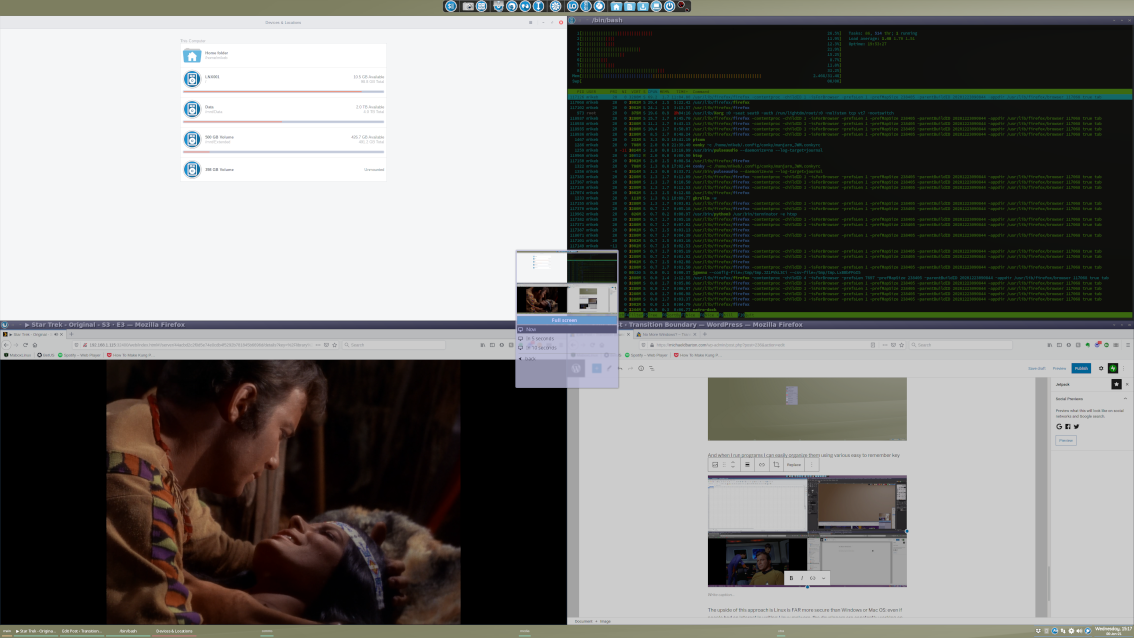- Favorites: rOtring Mechanical Pencil
- Favorites: Mabox Linux
- Favorites: Bamboo Blanket
I’ve been playing with computers since the days of the Apple ][ running one of two operating systems: Disk Operating System (aka DOS) and Windows.
First, Some Background
Back in the day, you loaded the operating system into the PC on floppy discs.
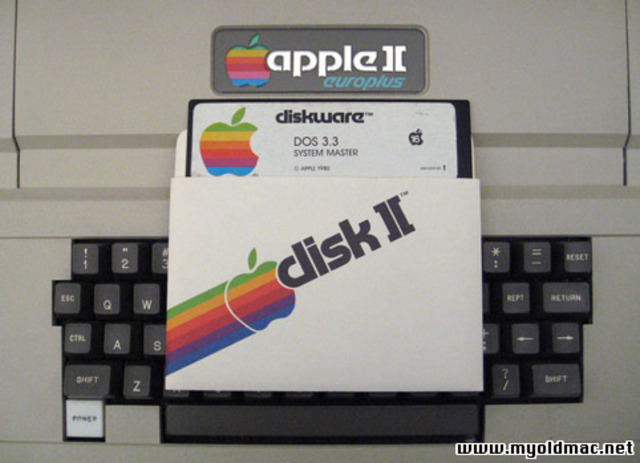
Of course, the technology of the day didn’t affords luxuries such as multitasking, the ability to store multiple programs in memory or even a graphical user interface for the operating system. A user loaded the Operating system then loaded the disc(s) for whichever program they wished to run at the time.
By the 1990’s the cost of memory, storage and and graphics cards dropped far enough for a new type of operating system: a graphical user interface or GUI (pronounced “gooey”). Thanks to some poor decision making at Xerox and legal corporate espionage by Microsoft and Apple, the computer industry marched lockstep into the world of the desktop paradigm as shown below:
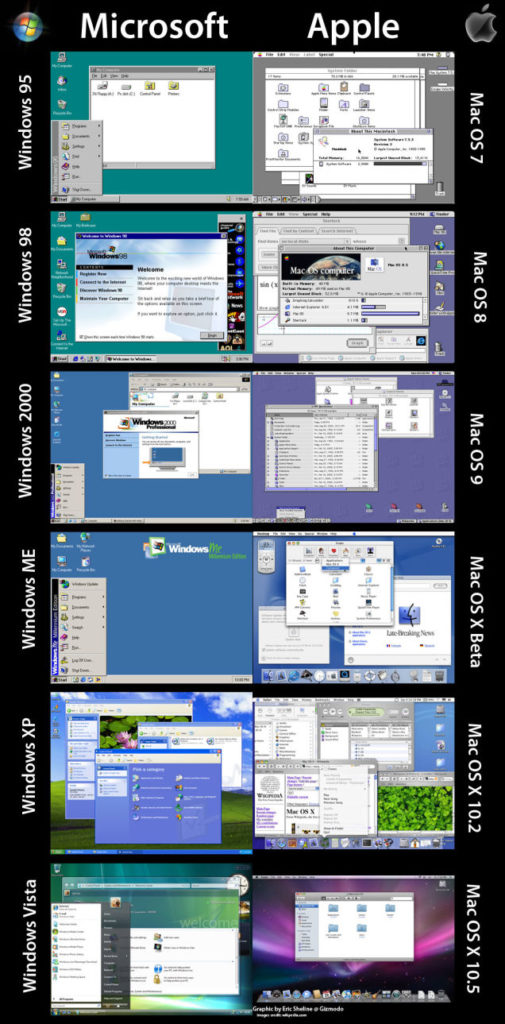
As we all know, Microsoft dominates the PC OS market (76% of the market) with Mac OS (19%) in a distant second per The Encyclopedia of Record. And that roughly tallies with my own usage of the competing operating systems. I’ve had some flirtations with Mac OS but most lived with Windows since the release of Windows 95.
Windows and Mac OS have an effective monopoly on the desktop OS market because software developers want to write applications for operating systems backed by multi-billion dollar corporations. You can’t make big bucks catering to a niche market. And for the most part, Windows and Mac OS work.
Wanting Something Different
But as a computer hobbyist I was missing out: much like gearheads who now have cars that are virtually impossible to work on in a meaningful sense I can’t really tweak Windows or Mac OS to suit my workflow and if an application fails, I’m on my own: the software is proprietary so I have to wait on paid developers to resolve the issue- and who’s to say that they would even be motivated to fix a bug that only impacts a few people?
Enter Linux
Linux is open source and community-led. Anyone with interest and ability can contribute to the codebase. One upside of this approach is a large number of distributions or versions of Linux. Though all operated the same under the hood, each Linux distribution offers its own look and feel.
In fact, Linux can be run entirely from a terminal windows like DOS if one was so inclined…
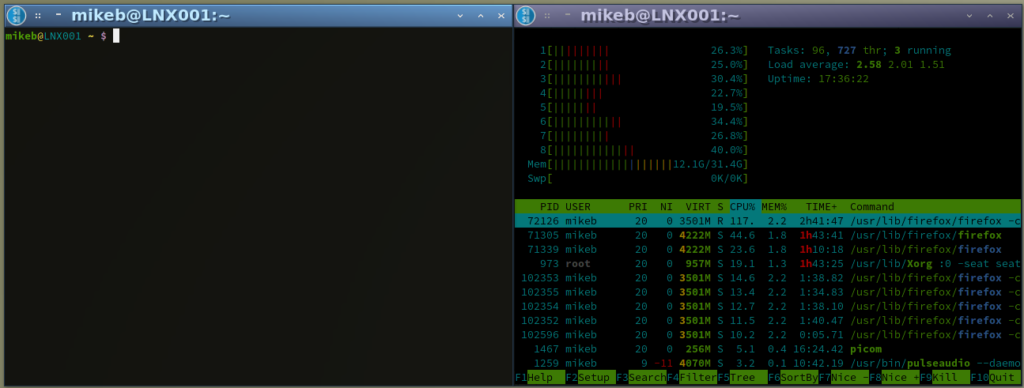
or Linux can be made to look like Windows
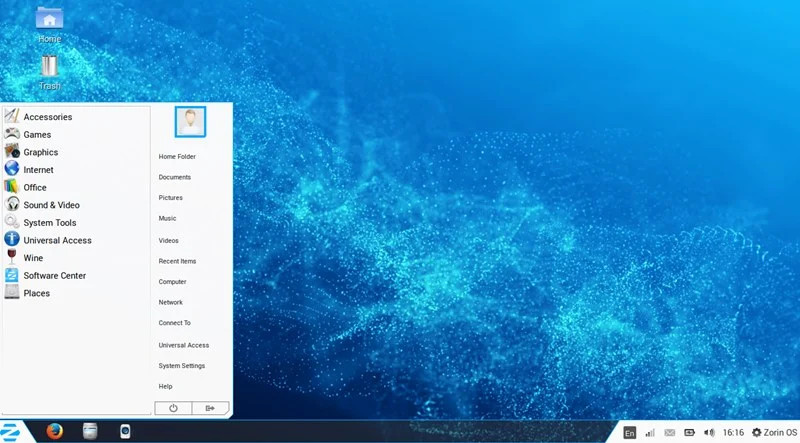
or Mac OS
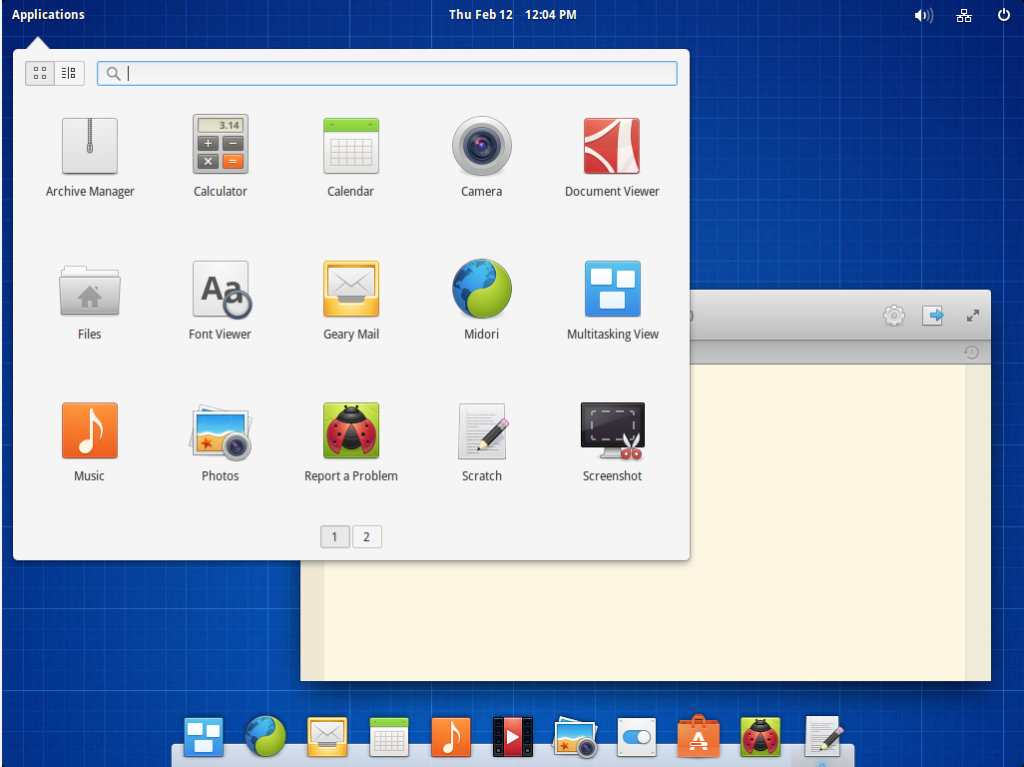
for newbies who need a familiar computing environment.
No Start Menu. No Dock. No Icons.
The distribution I am using is called Mabox and doesn’t have the typical start menu or dock familiar to other PC users. When the computer starts up, I see this:
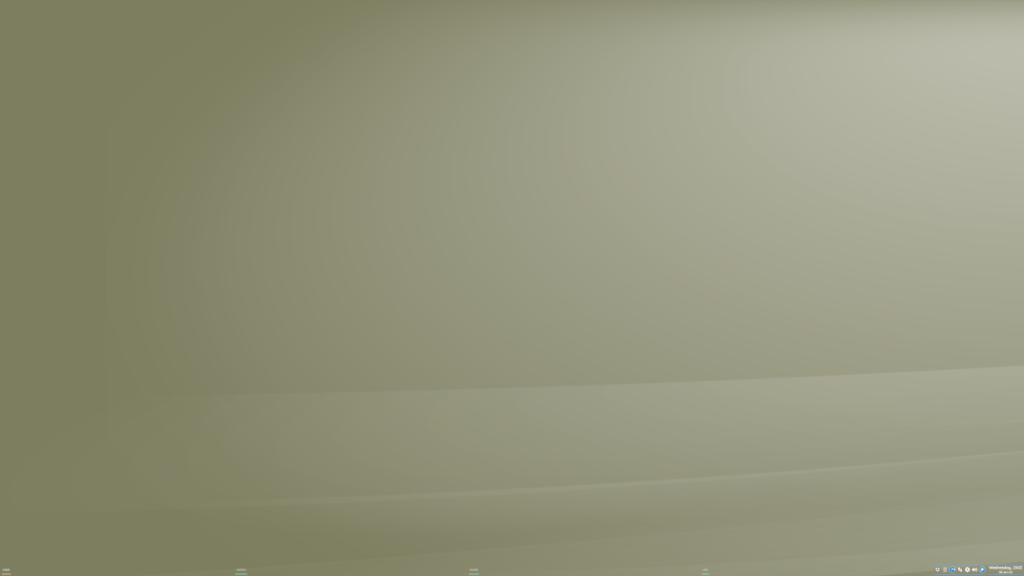
Hitting the Windows key or right clicking gets me a menu for applications and settings:
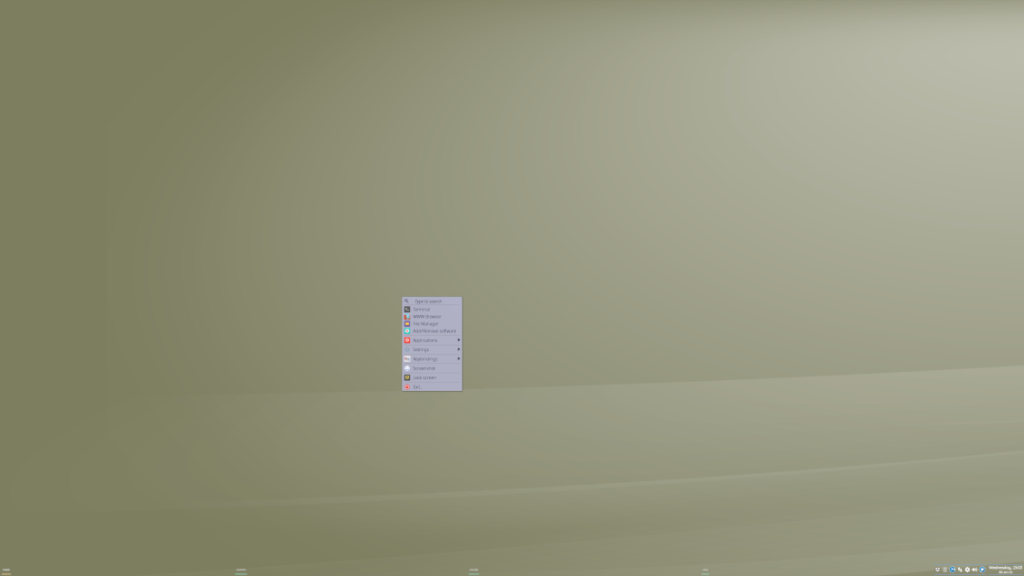
And when I run programs I can easily organize them using various easy to remember key combinations:
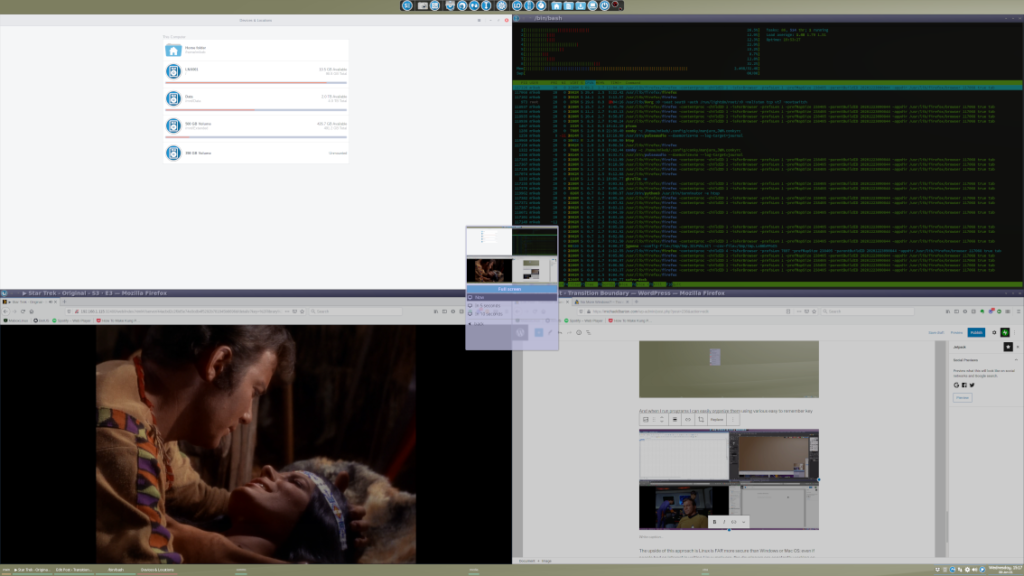
Multiple Desktops
Despite having this much workflow organization at my fingertips, I still find times when I need to use multiple desktops. Linux makes that easy too.

I can easily switch between desktops here- see how the taskbar shows the Desktops ‘main’ and ‘comms’ with their programs to the right.
Total Customization
Linux gives the power back to the user: if I want, I can have the typical desktop with shortcuts to my files and programs or live widgets to display system information, news and weather. The OS and almost all applications are free- I open up a program called Package Manager and download any program I want- the Package Manager installs all the files and dependencies that are needed without any input from me. Updates work the same way, too: I decide when to update my PC and Package Manger handles it all with one click.
Computing is both powerful and easy- once you take control back.
Final Thoughts
And that’s the quick tour- I’ve been using Linux for a little over a month. For ease of use, customization and responsiveness I can’t imagine going back to Windows other than in some rare instances when I need to use Adobe or Office products.

